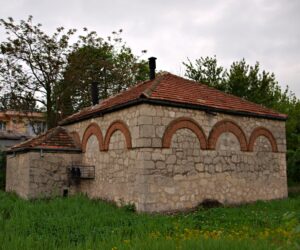The Roman Tomb of Silistra (Bulgarian: Римска гробница в Силистра, Rimska grobnitsa v Silistra) is a significant archaeological site located in the town of Silistra, northeastern Bulgaria. This Roman burial tomb, dating back mid-4th century AD, is the best-preserved architectural monument of the Ancient Roman city of Durostorum. The tomb is considered one of the…
Frescos and Murals
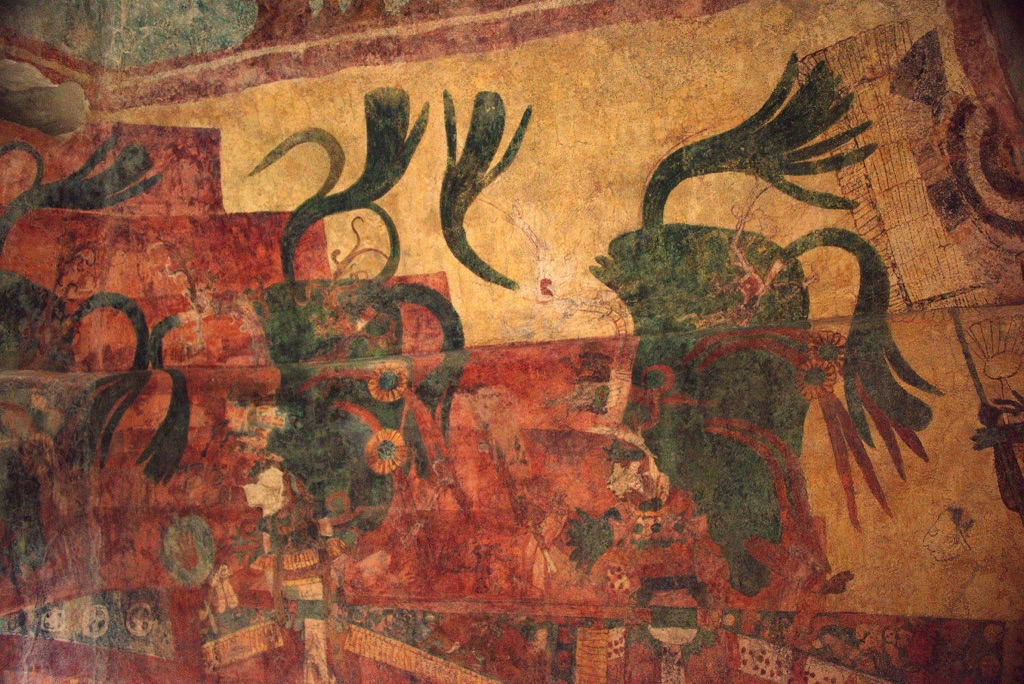
Frescos and murals are large paintings applied directly to walls, often in ancient temples, palaces, or public spaces. Frescos are created by painting on wet plaster, while murals are done on dry surfaces. These colorful artworks tell stories of daily life, religion, and mythology.
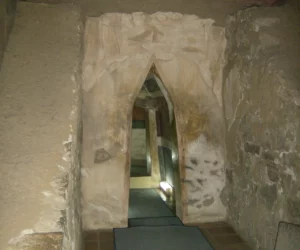
Thracian Tomb of Kazanlak
Overview of the Thracian Tomb of Kazanlak The Thracian Tomb of Kazanlak is located near Kazanlak, Bulgaria. It is a vaulted-brickwork “beehive” tomb. This site is part of a large royal Thracian necropolis. The necropolis lies in the Valley of the Thracian Rulers near Seuthopolis. Over a thousand tombs are in this region. The tomb…
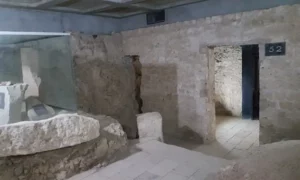
Tomb of Nakht
The Tomb of Nakht is an ancient Egyptian burial site located in the famed Valley of the Nobles near Luxor. It belongs to Nakht, an 18th Dynasty scribe and astronomer of the god Amun. The tomb is renowned for its vivid wall paintings that depict various aspects of Egyptian life and the afterlife. Discovered in the early 20th century, it has since provided scholars with valuable insights into the religious beliefs, artistic styles, and daily activities of the New Kingdom period.
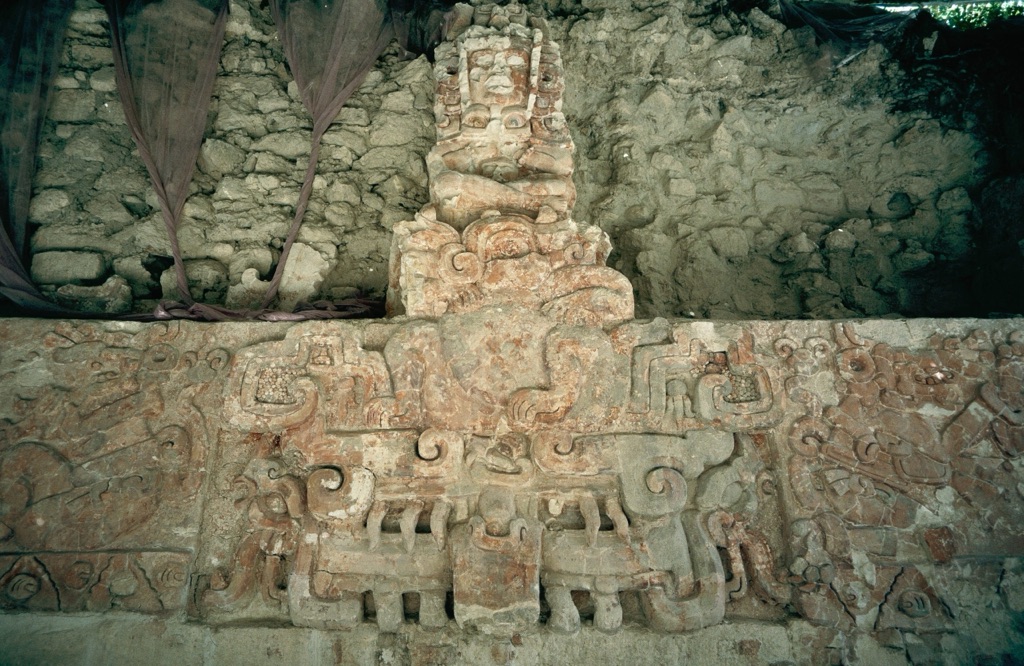
Balamku
Balamku, known for its exceptional preservation of Maya frescoes, is an ancient Maya archaeological site in Campeche, Mexico. Discovered in 1990, it has provided significant insights into Maya civilization. The site’s name means ‘Jaguar Temple’ in the Maya language. Balamku’s frescoes are a key highlight, offering a glimpse into the religious and social practices of the Maya people.
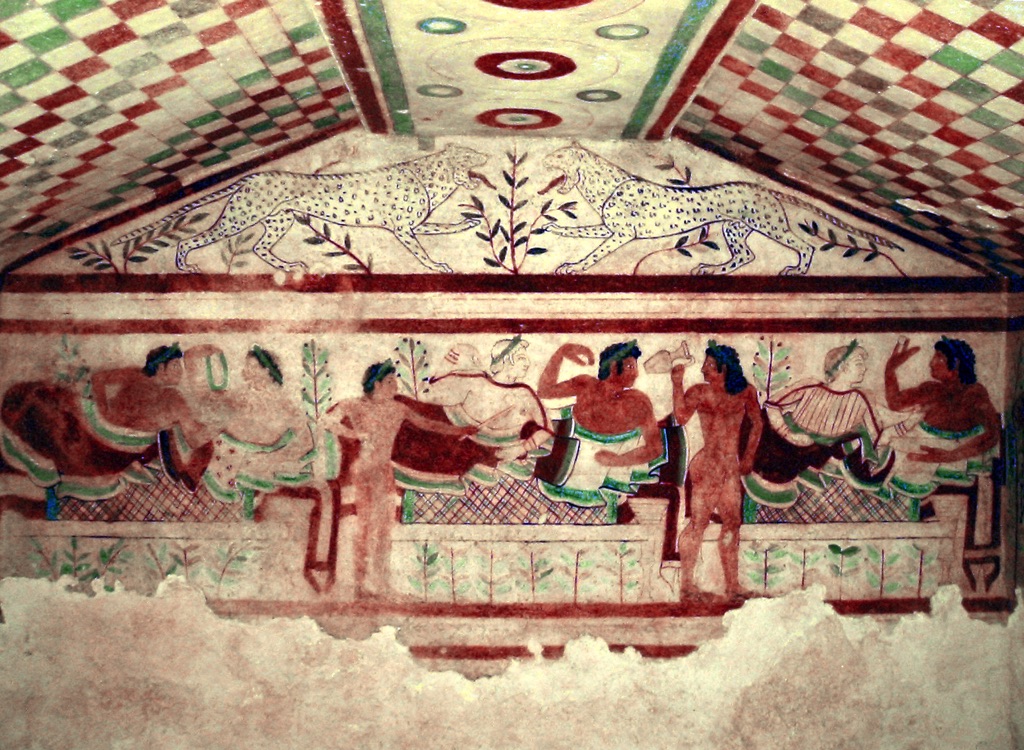
Tomb of the Leopards
The Tomb of the Leopards is one of the most striking and well-preserved tombs in the necropolis of Monterozzi, located near Tarquinia, Italy. It is famous for its vibrant frescoes, including the eponymous leopards, which are a testament to the artistic skills of the Etruscans. The tomb dates back to the 5th century BC and provides invaluable insights into Etruscan society, beliefs, and funerary practices.

